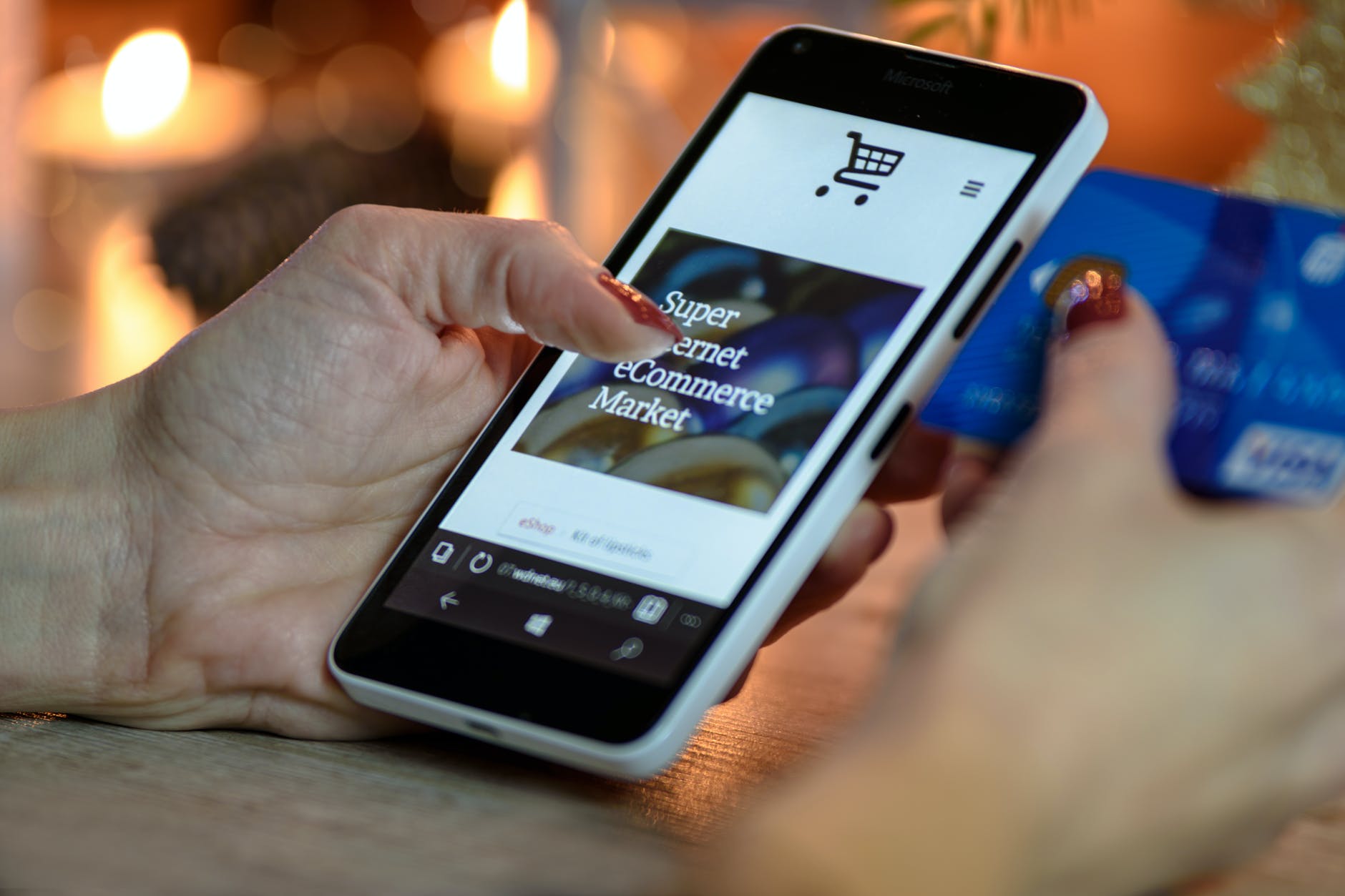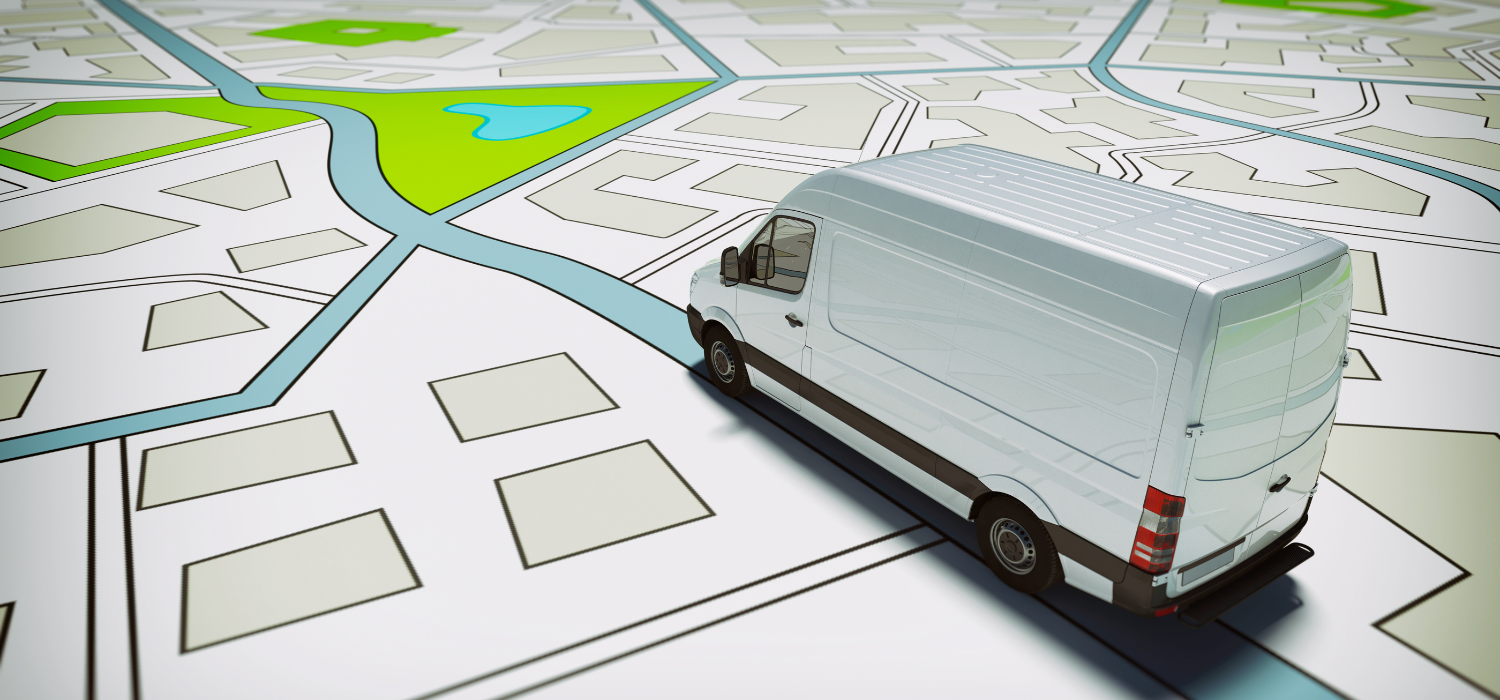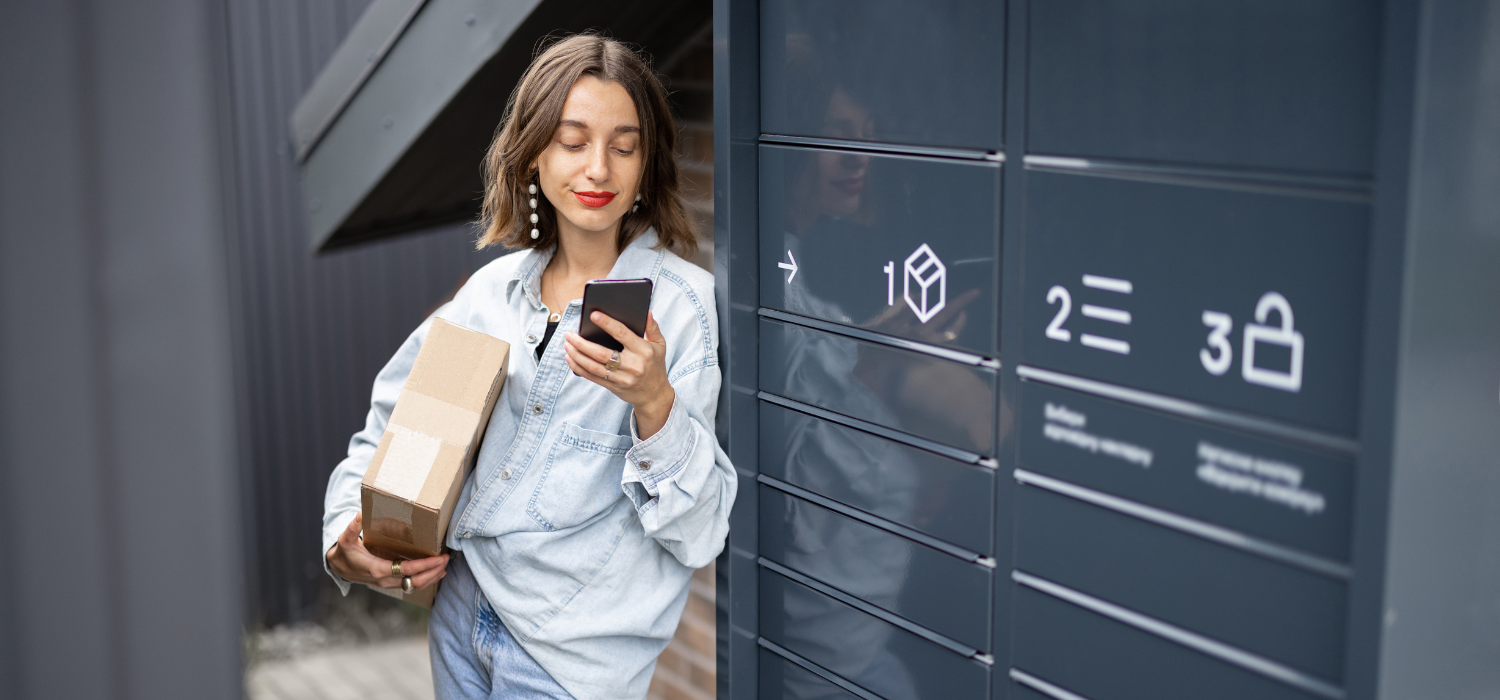As we have reported many times, the last mile is one of the most polluting parts of the entire logistics process, so much so that it is estimated to be the cause of one third of total traffic in cities and between 20 and 30 per cent of air pollution in urban areas.
Faced with this scenario, there is an urgent need to find sustainable alternatives, especially considering that eCommerce will continue to grow in the near future. According to an estimate by the World Economic Forum, the demand for last-mile urban delivery driven by the growth of eCommerce could even double between now and 2030. The WEF also predicts that due to increased demand, there will be 36% more delivery vehicles on the roads of the world’s 100 largest cities in the next ten years, resulting in a 30% increase in the carbon footprint of the last mile.
Sustainability for consumers
Consumers, for their part, are increasingly aware of environmental causes. In fact, the IBM Research Insights 2020 report showed that 57% of consumers are willing to change their online shopping habits to make a concrete contribution to reducing their environmental impact. 8 out of 10 respondents mentioned sustainability as an important factor for them, while 70% of those who mentioned it as a key element would pay a premium of up to 35% – on average – for sustainable and responsible brands.
But how, then, to ensure a sustainable last mile?
Here are five useful and practical tips that you can put into practice.
1. Design Green Timeslots
Green Timeslots are a great way to encourage customers to book a greener time slot for their delivery. Several factors contribute to making one time slot greener than another, but the most important is simply that a delivery vehicle is already nearby at a certain time. Green time slots also lead to higher delivery density, i.e. less driving time between deliveries, thereby optimising time, costs and emissions.
According to research by the Rotterdam School of Management, more than 4 out of 5 consumers would prefer a sustainable delivery slot if it were available at the checkout.
2. Invest in driver training
According to a study conducted in 2018, a greener driving mode saves up to 6.3% fuel, regardless of fuel type and road type. Not inconsiderable figures, if we also consider the – constantly rising – costs of fuel and, more generally, logistics.
In fact, digitisation makes it possible to collect vital data to monitor the driving style of drivers and offer them training in greener driving.
3. Create Dark Stores
Dark stores are growing steadily, so much so that according to a report by OneStock, more than two thirds (67%) of consumers during the pandemic used sales channels that rely on this type of store for their purchases, and this trend will continue to grow in the future.
Indeed, dark stores make it possible to optimise deliveries by helping to reduce failed delivery attempts and improve delivery density. Furthermore, being located close to the delivery area, they guarantee short delivery times while reducing the environmental impact of the last mile.
4. Rethink packaging
As we have also reported here with three useful tips for more sustainable packaging, 30% of consumers today say they avoid products packaged with plastic or other polluting and non-recyclable materials.
One of the main advantages – apart from the environmental one, of course – is the saving in terms of space. In fact, creating small and essential packaging also means being able to optimise deliveries, thus organising more deliveries with fewer trips.
5. Offer alternative delivery methods
Offering a pick-up service for orders at Locker and Pick-up Points is not only a green choice for the environment, but also an additional service for your customers to organise their pick-up in the way that is most convenient for them. This is essential if we consider that more and more consumers (around 60%) are demanding flexible and intelligent delivery methods.
Moreover, this solution guarantees 100 per cent delivery, thus reducing time and costs.
If you are an eCommerce operator and need help integrating your Collection Point Network, GEL Proximity is the right choice. Contact us now.












